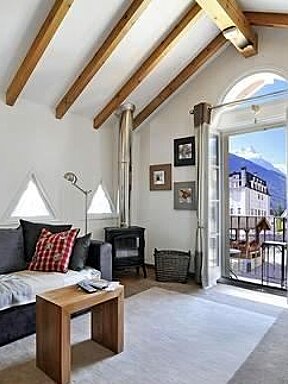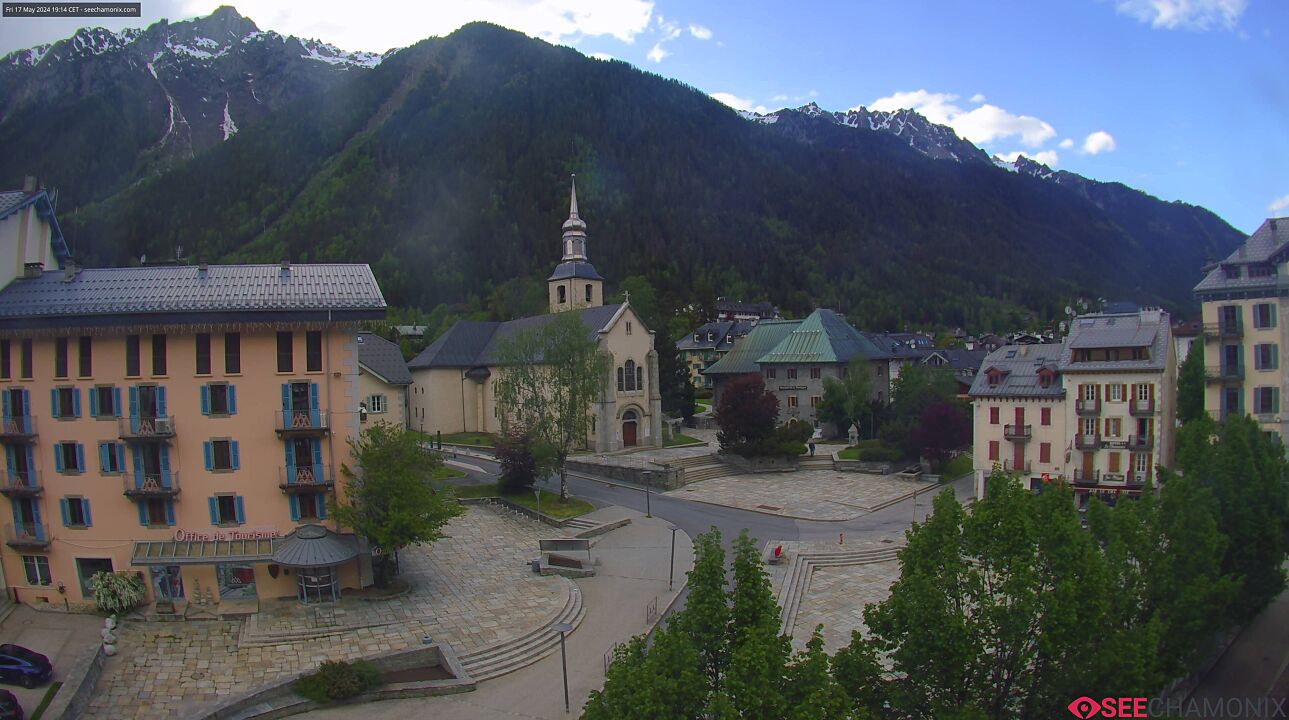British Media U-Turn on Snow Conditions This Winter
This winter the ski industry has been cursing the British media for painting such a bleak, one dimensional picture of snow conditions in the Alps. If you skied post-February above 1800m, you will know that the reports were little more than scaremongering, if you didn't, check out the following article that appeared in The Telegraph on 31st March for a more balanced view of a ski season “that started badly but improved at altitude”.
The snow lies deep across much of the Alps this weekend, with skiers and snowboarders enjoying groomed pistes and perfect powder in the higher resorts. This season has been described as the worst for winter sports in two generations, but, as it moves into its final month, reports of the demise of European skiing are greatly exaggerated.
Popular destinations from Val d'Isère and Les Arcs to Zermatt, Cervinia, and St Anton are currently in superb shape and are at their best for the time of year. I am off as usual today with my family to Vaujany in France, where we have spent the first week of April for the past dozen years. Conditions are reported to be good - even better than last year.
At 1,250m in April in this delightful corner of the Dauphiné I expect wild flowers rather than snow on the meadows above the ancient farming village. The higher runs going up to 3,330m are coated with a substantial 250cm of cover, while neighbouring Alpe d'Huez has more than a metre in town.
But because of the entrenched public belief that snow has generally failed to materialise in the Alps this winter, tour operators have suffered from a surfeit of empty beds.
So what kind of a winter has it really been? There has been plenty of snow in parts of the Alps this winter, but it has by no means fallen evenly. Most lowland resorts in Austria, as well as parts of France and much of Switzerland, have had some of the worst overall skiing conditions since 1963-64.
Before you consider booking ahead for next year, it's worth taking a careful look at where the snow did - and did not fall - this winter. With the threat of global warming turning into a frightening reality, in the Alps at least, the chances are high that we will see a similarly uneven distribution of snow in the near future.
The problem is largely one of altitude. After a spectacularly dry start before Christmas, precipitation has not necessarily been lower than average. But because of the unseasonably high temperatures across Europe, any snow that fell on lower slopes was frequently followed by rain. In the past I have made myself unpopular with travel companies by saying that I would be prepared to book a Christmas holiday far in advance in only a handful of European resorts. After this season, I have now shortened that list even further, to Val d'Isère, Tignes, Alpe d'Huez, Zermatt, Saas Fee, Val Thorens, Cervinia, Obergurgl and Obertauern.
Across the Atlantic, resort publicists in both Canada and the United States were quick to capitalise on the uncertain season in Europe. But, despite the hype, it has by no means been a wonderful winter for all of them. Whistler broke all records for snowfall, while Colorado has scored eight out of 10 for a successful winter. However, California and much of the East Coast performed poorly during the first half of the season.
Even Hokkaido, the northern island of Japan, which is famous for the depth of its snow, had a "terrible" season by its own standards, with less than half its normal cover - a 300cm base with a fluffy 50cm on top when I visited.
Mainstream European tour operators are now turning their attention to summer and seaside, but the ski season is far from over. Resorts such as Zermatt remain open until May 1 and Val d'Isère and Tignes continue to operate their full lift systems until May 8. Other destinations - among them St Anton, Ischgl, Obertauern, Obergurgl, Sölden, Courchevel, Val Thorens, Saas Fee and Whistler - are safe bets for the next few weeks.
In recent years, April has consistently provided great ski conditions. If you fancy a final fling, you are likely to find some of the finest snow cover of this uncertain season - but only if you aim high. The pick of that powder, I hope, will be above Vaujany.
Top 10 Alpine resorts for snow
1. Cervinia, Italy Got off to a superb start in December with 50cm at the base and three times as much on the Monte Rosa. Regular top-ups have kept the 8km top-to-bottom Ventina run in good condition.
2. Zermatt, Switzerland Early conditions on the far side of the Matterhorn were almost as good. Other resorts suffered in January, but skiing here was unaffected.
3. Val d'Isère and Tignes, France These resorts in the Haute Tarentaise traditionally attract the most reliable snow in France. Pre-Christmas cover was 10 per cent below average, but they were among the top destinations over the holiday period and have blossomed since.
4. St Moritz, Switzerland High temperatures stopped Lake Silvaplana from freezing for the first time since the early 1980s, but the resort still managed to offer some of the best January pistes in Europe.
5. Davos and Klosters, Switzerland Both had a good season in comparison with many other European resorts, although lower slopes have suffered from the sunshine in recent weeks.
6. Courchevel and the Trois Vallées, France Méribel got the best of the first storm in mid-December. Courchevel and Val Thorens soon caught up.
7. Alpe d'Huez and Vaujany Decent cover throughout the season, despite high temperatures.
8 La Plagne and Les Arcs Both have provided sound skiing in the higher villages throughout the season.
9. St Anton, Lech, and Zürs The Arlberg had a green start and St Anton had to delay its opening by a fortnight, but quickly recovered. All have had a respectable season.
10. Chamonix, France It suffered from thin cover at the beginning of the season but now has 400cm on its higher slopes.
Author: Peter Hardy



























